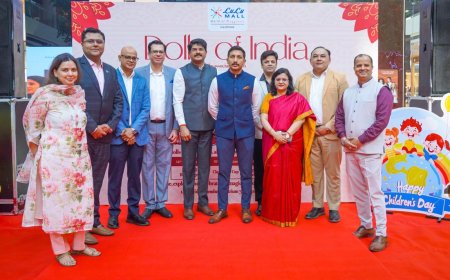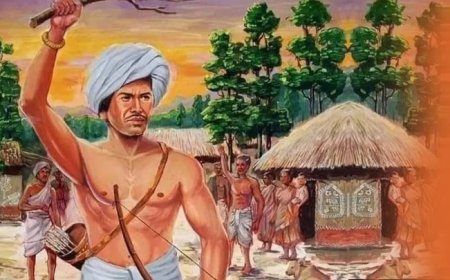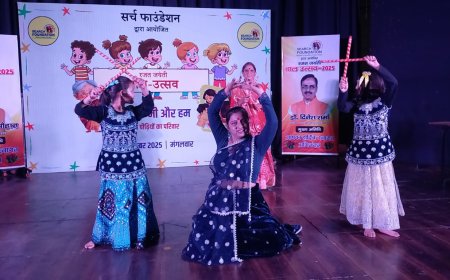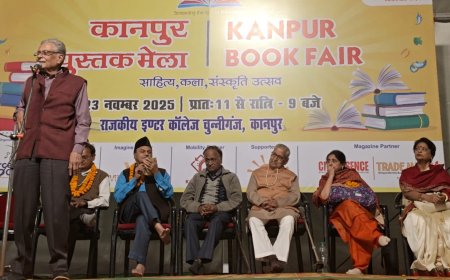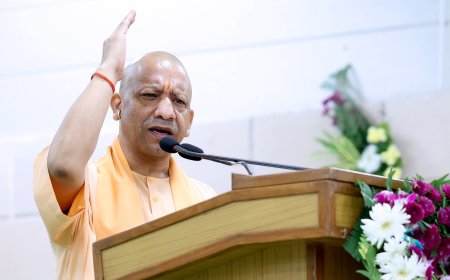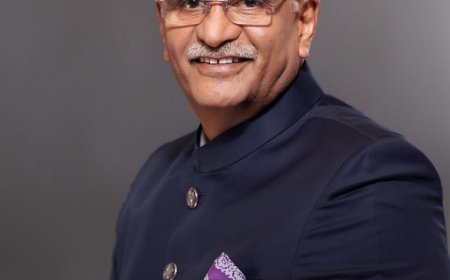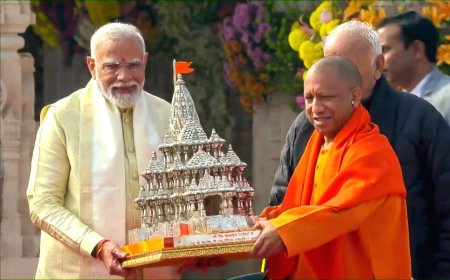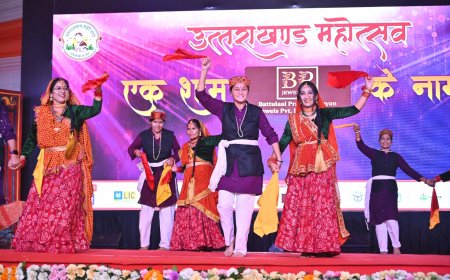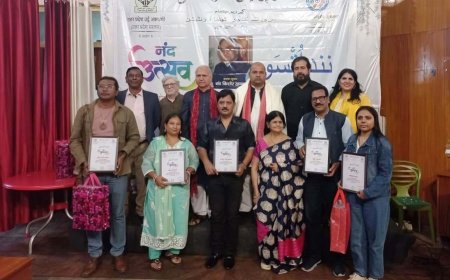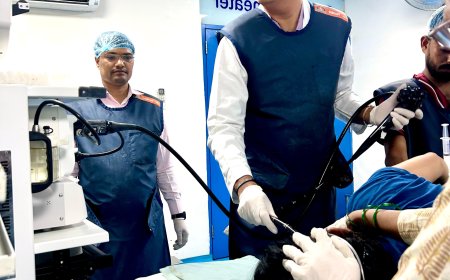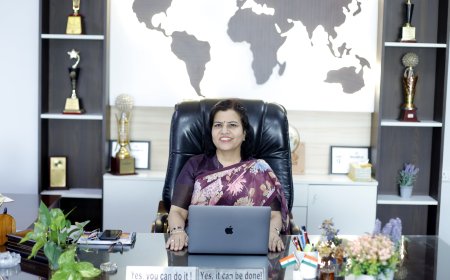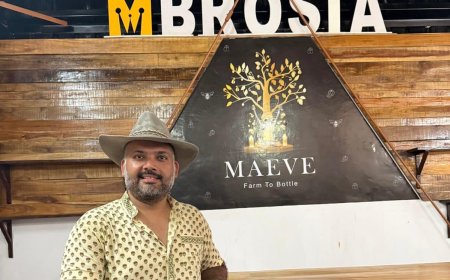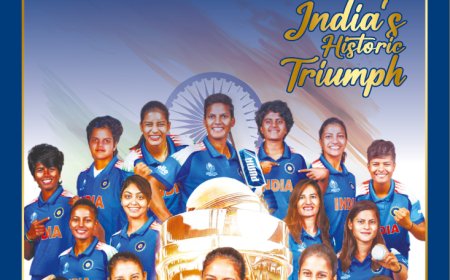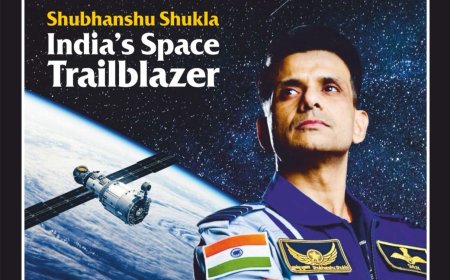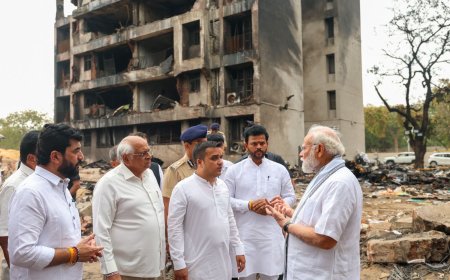Sitaare Zameen Par: Smashing Stereotypes with Heart!
Sitaare Zameen Par: Smashing Stereotypes with Heart!
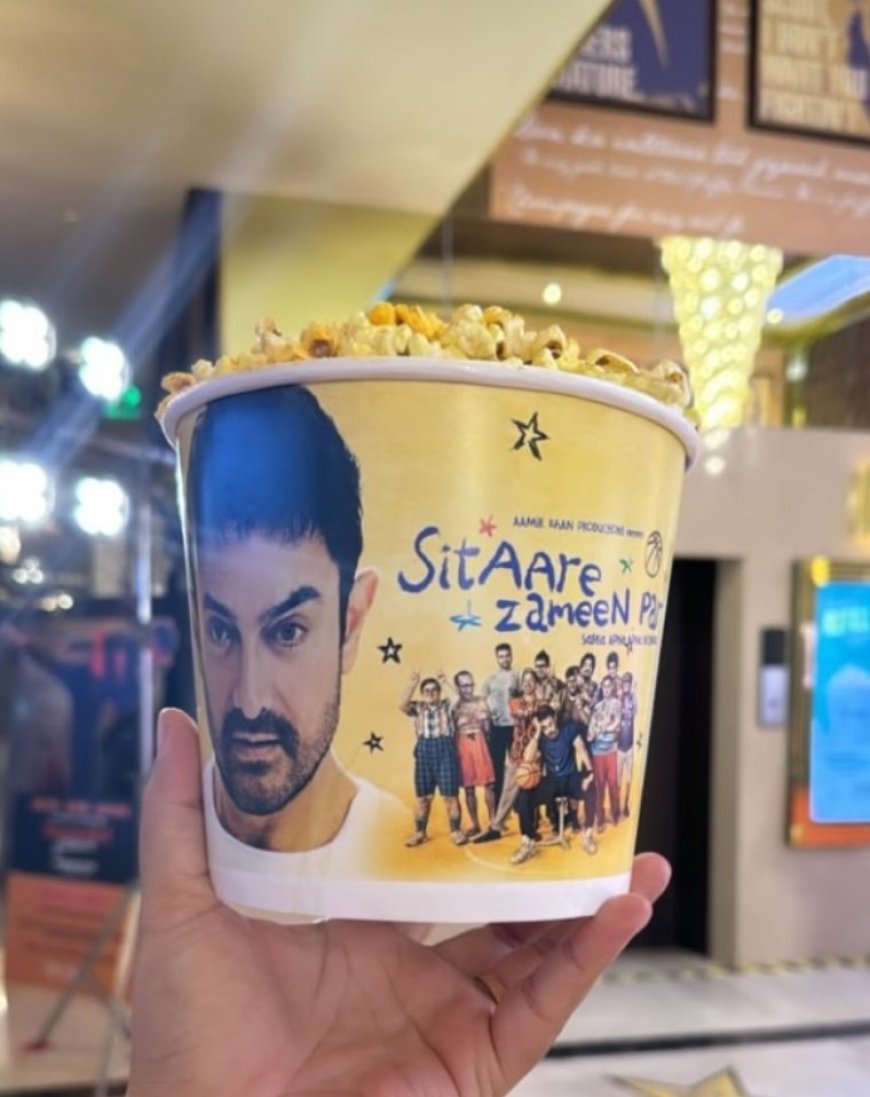
In an era dominated by high-octane action films, thrillers, and formulaic comedies, Sitaare Zameen Par, directed by R.S. Prasanna and starring Aamir Khan, emerges as a beacon of socially conscious cinema. The film, a spiritual successor to the 2007 blockbuster Taare Zameen Par shifts the spotlight onto neurodivergent individuals, featuring ten debutant actors with intellectual disabilities, including Down syndrome and autism. By weaving a heartfelt narrative around a disgraced basketball coach training a team of neurodivergent players, the film promises to deliver both laughter and profound emotional resonance. More importantly, it serves as a catalyst for a broader societal discussion about inclusion, empathy, and the unique potential of people with special needs. Films like Sitaare Zameen Par are vital not only for their entertainment value but for their ability to challenge stereotypes, foster understanding, and advocate for systemic change.
At its core, Sitaare Zameen Par continues Aamir Khan’s legacy of using cinema as a medium for social impact. His earlier work, Taare Zameen Par, brought dyslexia into the national conversation, reshaping how educators and parents viewed learning disabilities. By portraying a young boy’s struggles and triumphs through an empathetic lens, the film educated audiences and inspired policy discussions around inclusive education. Similarly, Sitaare Zameen Par aims to destigmatize intellectual disabilities by showcasing the raw talent and resilience of its neurodivergent cast. Aamir Khan has emphasized the seamless collaboration with these actors, noting their focus, heart, and ability to bring authenticity to the screen. This casting choice—featuring real individuals with Down syndrome and autism, such as Gopi Krishnan Varma, the first Indian lead actor with Down syndrome—marks a significant step toward authentic representation, moving away from the stereotypical or infantilizing portrayals often seen in mainstream media.
The importance of such films lies in their ability to humanize and normalize the experiences of people with special needs. Historically, Bollywood has oscillated between ignoring disability or depicting it through a lens of pity, as seen in films that frame neurodivergent individuals as helpless or overly childlike. Sitaare Zameen Par challenges this narrative with its mantra, “Sabka Apna Apna Normal” (Everyone Has Their Own Normal), emphasizing that neurodivergent individuals possess unique abilities and perspectives that enrich society. By casting students from Urja Special School in Kandivali and consulting specialists throughout production, the film ensures authenticity and sensitivity, offering a platform for neurodivergent voices to shine. This approach aligns with the broader movement toward inclusivity, as highlighted by disability rights advocates who see the film as a potential game-changer for India’s estimated 2 million neurodivergent population.
Beyond representation, Sitaare Zameen Par sparks critical conversations about societal attitudes and systemic barriers. The film’s narrative, adapted from the Spanish film Campeones, flips the traditional dynamic by showing neurodivergent individuals teaching life lessons to a neurotypical coach. This reversal underscores the value of diverse perspectives and challenges the notion that disability equates to limitation. Aamir Khan’s accompanying three-hour documentary, set to release shortly after the film, further amplifies these voices by exploring the personal journeys, challenges, and triumphs of the specially-abled cast. Directed by multiple young filmmakers, this documentary promises to delve into the emotional ecosystems of its subjects, fostering empathy and understanding among audiences. Such initiatives bridge the gap between art and advocacy, encouraging viewers to reflect on their own biases and the societal structures that marginalize neurodivergent individuals.
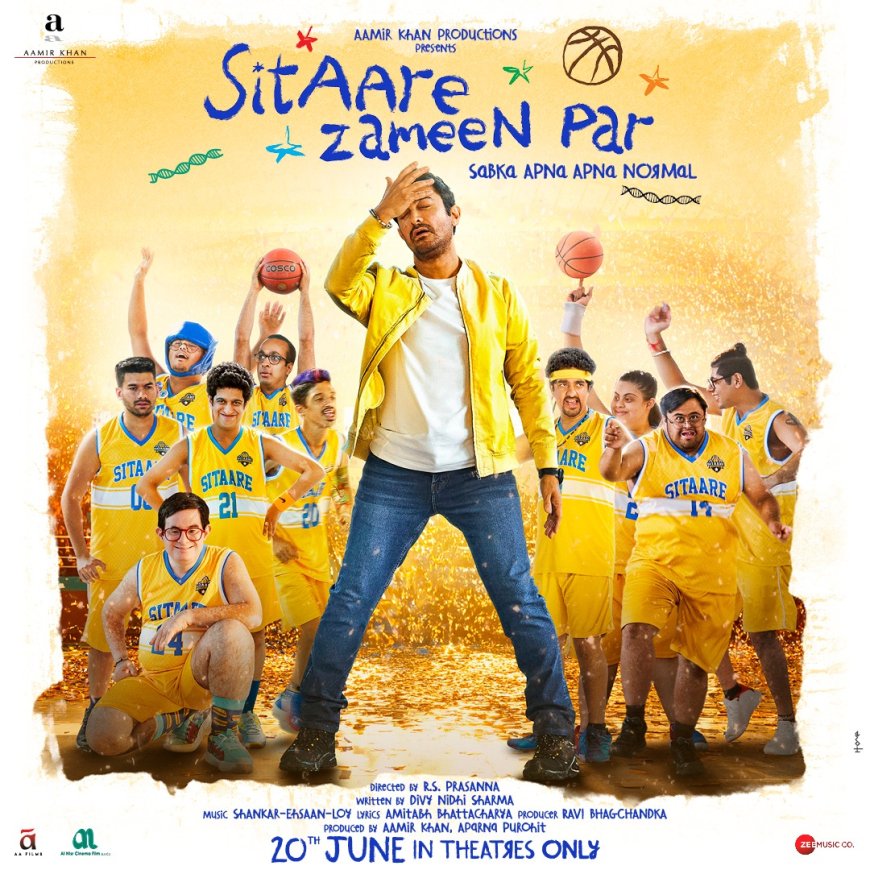
The societal impact of films like Sitaare Zameen Par extends beyond the screen. By portraying neurodivergent individuals as capable and multifaceted, the film can influence public perception, reduce stigma, and inspire policy changes.
For instance, Taare Zameen Par led to increased awareness of dyslexia, prompting schools to adopt more inclusive teaching methods. Similarly, Sitaare Zameen Par could advocate for better access to education, employment, and social integration for those with intellectual disabilities. The film’s focus on real-life talents, such as Rishabh Jain, who has Fragile X Syndrome and a passion for acting, highlights the untapped potential within this community. By showcasing their abilities in a mainstream Bollywood production, the film challenges industries to open doors for neurodivergent talent, fostering a culture of inclusion.
Moreover, Sitaare Zameen Par arrives at a time when global conversations about neurodiversity are gaining momentum. Posts on social media reflect a mix of excitement and cautious optimism, with users praising the film’s courage in tackling a sensitive topic while questioning whether Bollywood will “finally get it right.” This sentiment underscores the responsibility of filmmakers to handle such narratives with care, avoiding tokenism or oversimplification. Media entrepreneur Aditi Gangrade, who runs Much Much Media, emphasizes the need for content that moves beyond pity to celebrate neurodivergent identities authentically. Sitaare Zameen Par responds to this call by prioritizing lived experiences and consulting experts, ensuring that its portrayal resonates with both neurodivergent individuals and their families.
What's Your Reaction?







